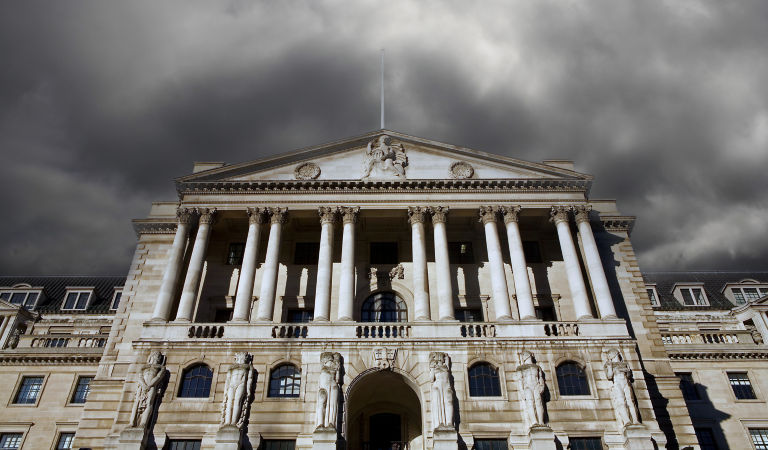What’s the bigger macro picture?
By John Butler
What are the underlying causes of this market disruption?
A structural return of inflation — The events of last week in the UK need to be put into the context of a return of inflation across the globe due to structural supply constraints and external factors such as the war in Ukraine. This means that we now face a new regime with an explicit trade-off between inflation and growth, which has huge policy implications. As inflation has developed significant momentum, central banks cannot slow their tightening until they have absolute certainty that inflation has receded. This means that we will need to get used to more volatile and pronounced cycles with more frequent recessions. The central banks’ task is hugely complicated by today’s environment where, while most central banks are above their inflation targets, they contend with embedded supply constraints and the lowest unemployment rate globally in over 40 years. This requires a delicate balancing act between preventing inflation becoming entrenched as it did in the 1970s — which would de-anchor the long end of the bond markets — and ensuring that this tightening does not cause systemic damage in an environment predicated on persistently low and stable rates.
Hard-to-resolve policy imbalances — The UK is the poster child of these imbalances: having experienced the biggest negative supply shock of all developed economies, following its exit from the European Union, it still runs a monetary and fiscal policy that promotes demand. This translates into a high current account deficit that, since the Brexit referendum, is no longer financed by sticky inward foreign investment, but instead relies on attracting foreign demand for gilts. The announcement of a fiscal package potentially amounting to 7.5 % of GDP exacerbates this need for external financing. Therefore, the market response of needing a higher risk premium for owning sterling and gilts was, in my view, wholly appropriate. While the catalyst of the crisis was the poorly communicated fiscal response, the underlying tensions have been brewing for years, and were compounded by a perception that the BoE — relative to other central banks — appeared to take a softer stance on inflation.
What are the developments to watch from here?
The BoE has stabilised the situation for now, but the underlying situation remains the same, with unemployment at record lows, inflation reaching double-digit levels and the fiscal package still largely in place. Admittedly, household income will get squeezed by higher mortgage rates but that will be partially offset by the energy support package, which may also bring down nominal inflation to, I expect, around 4.5% by the end of 2023. However, with still strong wage growth and a rapid improvement in productivity unlikely — despite some positive measures in the new budget — inflation is likely to be stickier. This means that for the BoE to maintain the credibility of its inflation target, it will have to raise interest rates sharply, but that could run counter to the need for monetary stability as markets are now closely monitoring any sign of weakness. I think there are some key dates to watch.
14 October — When the temporary gilt purchase programme ends, there is a real risk that the markets may test the BoE’s resolve. I think the BoE still does not fully understand the impact on pension funds and their capacity to react.
Renewed market turmoil could lead to some further quantitative easing, albeit perhaps by a different mechanism such as direct liquidity lines. This would, I think, involve the Monetary Policy Committee (MPC), thereby clearly indicating that the BoE is prepared to sacrifice its price stability goals in favour of financial stability.
End of October/November — When we should get some greater clarification on the UK government’s budget package and longer-term fiscal policy path.
3 November — The next MPC Committee meeting, where the BoE will need to deliver a substantial hike, of 1% or more, to send a signal that it remains committed to price stability.












